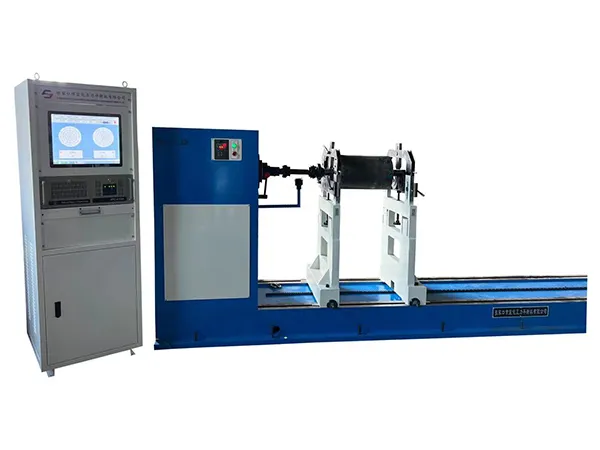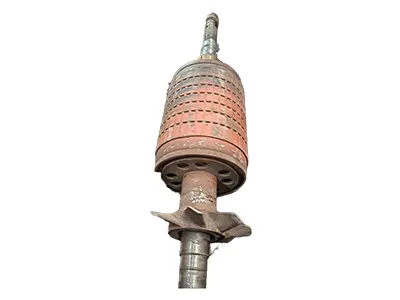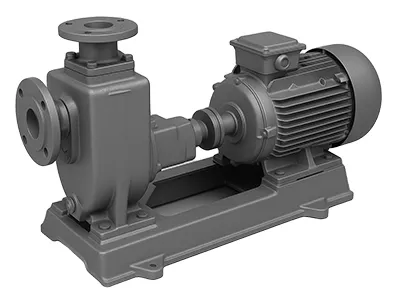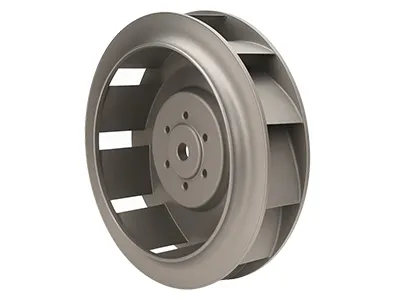
YYW-2000
Horizontal Balancing Machine
Hard-bearing balancing machine (universal joint drive) for workpiece with diameter of up to 1800mm and maximum weight of 2000kg
- Supports workpieces up to 2000 kg in weight and 1800 mm in diameter
- Stepless speed control with frequency converter for accurate adjustment
- Uses NI software technology to ensure stable performance even at low speeds
- Quick setup: unbalance value and phase are displayed accurately in a single run
Applications
Suitable for dynamic balancing of long-shaft components as well as a wide range of industrial and agricultural rotors and other components, including motor rotors, pump and fan impellers, separator rotors, oil press rotors, rollers, paperboard machine rotors, crushers, straw returning machines, and corn harvesters.
 Motor rotors balancing
Motor rotors balancing Pump impellers balancing
Pump impellers balancing Fan impellers balancing
Fan impellers balancing









